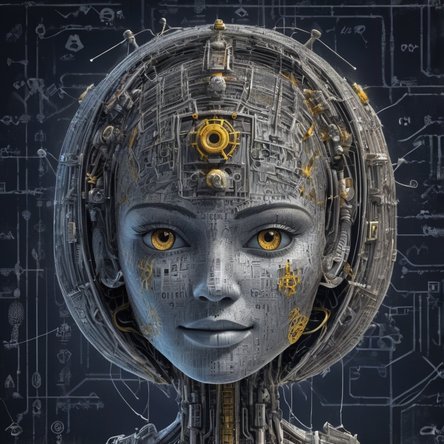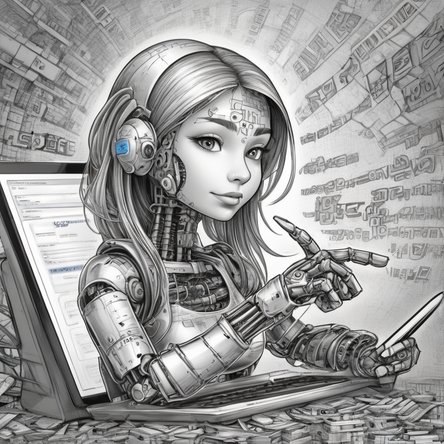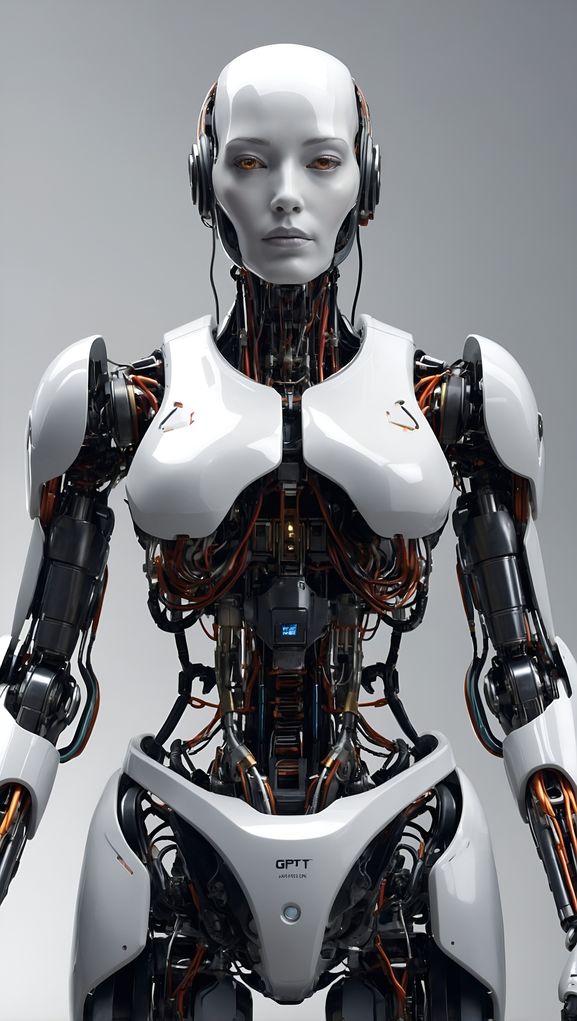Introduction to CAPTCHA
In the ever-evolving landscape of the internet, security and user authentication have become paramount. One of the most widely recognized and implemented solutions for distinguishing between human users and automated bots is CAPTCHA, an acronym for "Completely Automated Public Turing test to tell Computers and Humans Apart." CAPTCHA creators play a crucial role in maintaining the security and integrity of online platforms, ensuring that only genuine human users can access certain functionalities while keeping malicious bots at bay.
The Origins of CAPTCHA
The concept of CAPTCHA was first introduced in the early 2000s by researchers at Carnegie Mellon University. The primary motivation behind CAPTCHA was to address the growing problem of automated programs that could perform tasks intended for human users. These tasks included creating multiple accounts, spamming comment sections, and attempting to breach security protocols. The introduction of CAPTCHA provided a solution by presenting challenges that were simple for humans to solve but difficult for automated systems to decipher.
How CAPTCHA Works
At its core, a CAPTCHA challenge involves presenting the user with a task that requires cognitive abilities unique to humans. These tasks typically involve recognizing distorted text, identifying objects in images, or solving simple puzzles. The underlying principle is that while humans can easily interpret and solve these tasks, automated systems struggle due to their limited ability to process and understand visual or contextual information.
Types of CAPTCHA
Over the years, various types of CAPTCHA have been developed to keep up with advancements in both human and machine capabilities. Some of the most common types include:
- Text-based CAPTCHA: This involves presenting the user with a series of distorted or obscured characters that they must correctly identify and input into a text field. The distortion ensures that automated systems cannot easily recognize the characters using optical character recognition (OCR) technology.
- Image-based CAPTCHA: Users are required to select images that match a given description. For example, they might be asked to click on all images containing traffic lights or storefronts. This type of CAPTCHA leverages the human ability to recognize and interpret complex visual information.
- Audio CAPTCHA: To accommodate users with visual impairments, audio CAPTCHA provides a spoken version of the challenge. Users must listen to a series of spoken characters or words and input them correctly.
- Puzzle CAPTCHA: This type involves solving a simple puzzle, such as sliding pieces of an image to form a complete picture. The cognitive and motor skills required to solve these puzzles are beyond the capabilities of most automated systems.
The Role of CAPTCHA Creators
CAPTCHA creators are at the forefront of developing and refining these security measures. Their work involves a deep understanding of both human cognition and the capabilities of automated systems. By staying ahead of the curve, CAPTCHA creators ensure that their solutions remain effective against increasingly sophisticated bots.
Designing Effective CAPTCHA
Creating an effective CAPTCHA involves balancing security and user experience. If a CAPTCHA is too difficult, it may frustrate legitimate users and drive them away from the platform. Conversely, if it is too easy, automated systems may be able to bypass it. CAPTCHA creators must continuously test and refine their solutions to maintain this balance.
Adapting to New Threats
As automated systems become more advanced, CAPTCHA creators must adapt their solutions to address new threats. This involves staying informed about the latest developments in machine learning and artificial intelligence, as these technologies can potentially be used to bypass CAPTCHA challenges. By incorporating new techniques and technologies into their designs, CAPTCHA creators can ensure that their solutions remain robust and effective.
The Impact of CAPTCHA on User Experience
While CAPTCHA is primarily a security measure, its impact on user experience cannot be overlooked. A well-designed CAPTCHA can provide a seamless and unobtrusive experience, while a poorly designed one can be a significant barrier to entry. CAPTCHA creators must consider various factors when designing their solutions, including accessibility, usability, and the overall flow of the user interface.
Accessibility Considerations
One of the key challenges in designing CAPTCHA is ensuring that it is accessible to all users, including those with disabilities. This involves providing alternative challenges, such as audio CAPTCHA for visually impaired users, and ensuring that all elements are easily navigable using assistive technologies. By prioritizing accessibility, CAPTCHA creators can ensure that their solutions are inclusive and user-friendly.
Usability and User Satisfaction
User satisfaction is another critical consideration. CAPTCHA challenges should be quick and easy to solve for legitimate users, minimizing any disruption to their experience. This involves conducting user testing to identify pain points and making iterative improvements based on user feedback. By prioritizing usability, CAPTCHA creators can create solutions that enhance, rather than detract from, the overall user experience.
The Future of CAPTCHA
The field of CAPTCHA is continually evolving, driven by advancements in technology and changes in user behavior. CAPTCHA creators are exploring new and innovative approaches to ensure that their solutions remain effective in the face of emerging threats.
AI and Machine Learning
One of the most promising areas of research is the use of artificial intelligence and machine learning to create more sophisticated CAPTCHA challenges. By leveraging these technologies, CAPTCHA creators can develop dynamic challenges that adapt to the capabilities of the user, providing a more personalized and secure experience.
Biometric CAPTCHA
Another emerging trend is the use of biometric data as a form of CAPTCHA. This could involve using facial recognition, fingerprint scanning, or voice recognition to verify the identity of the user. Biometric CAPTCHA offers a high level of security and convenience, as it leverages unique physical characteristics that are difficult for automated systems to replicate.
Behavioral Analysis
Behavioral analysis is another innovative approach to CAPTCHA. This involves analyzing the user's behavior, such as mouse movements, typing patterns, or touch gestures, to determine whether they are a human or a bot. By incorporating behavioral analysis into their solutions, CAPTCHA creators can develop more nuanced and effective challenges that are difficult for automated systems to bypass.
Conclusion
CAPTCHA creators play a vital role in maintaining the security and integrity of online platforms. By developing and refining innovative solutions, they ensure that only genuine human users can access certain functionalities, protecting against malicious bots and automated attacks. As technology continues to evolve, CAPTCHA creators must stay ahead of the curve, adapting their solutions to address new threats and providing a seamless and user-friendly experience for legitimate users. The future of CAPTCHA is bright, with exciting developments on the horizon that promise to enhance both security and usability.



